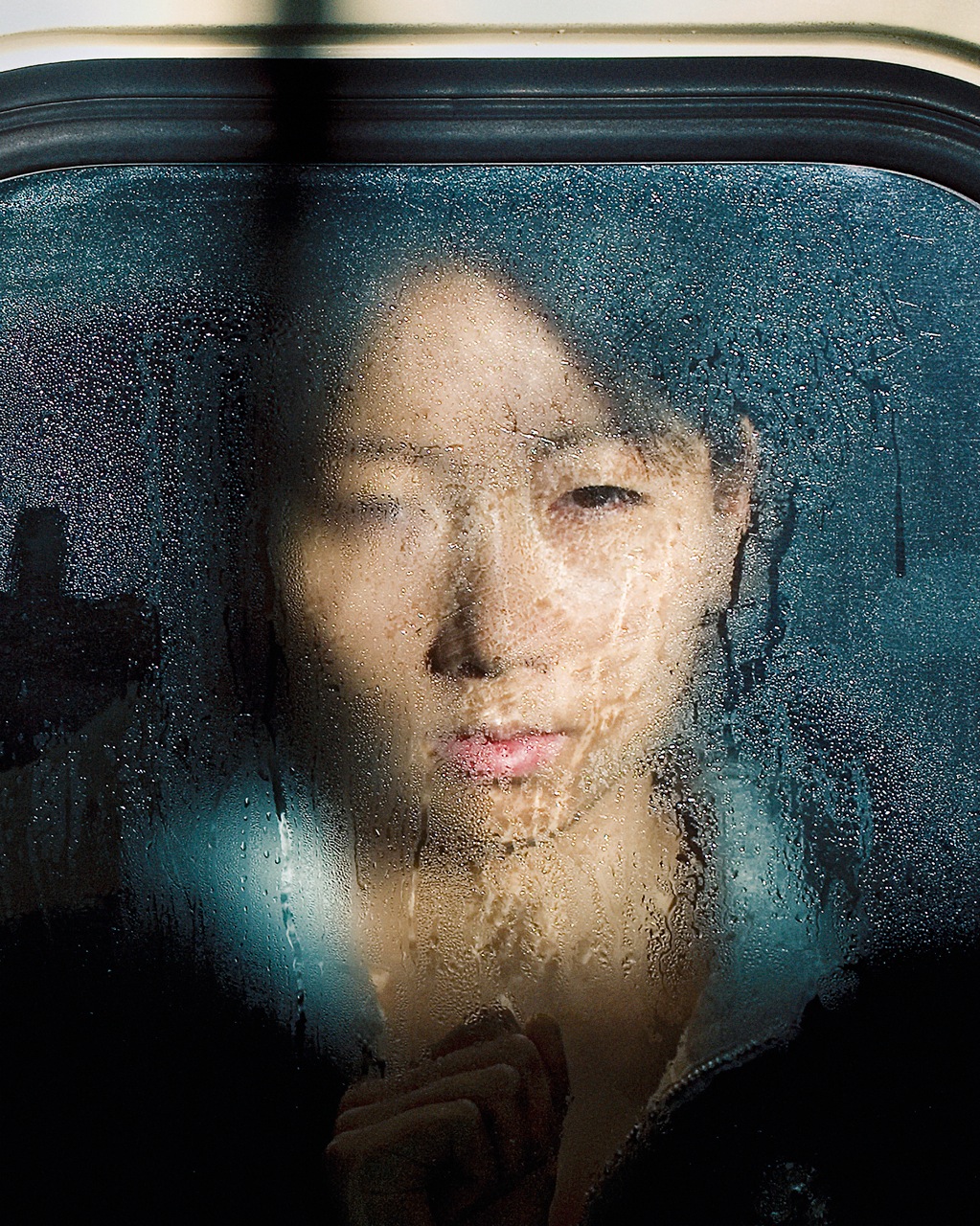Michael Wolf’s Tokyo Compression
Close-up photos, lacking horizons... The photographer's infrastructure and architecture become abstracted to the point of pure patterns.

Michael Wolf ‘Tokyo Compression #17’, 2009 Archival pigment print on hahnemuehle art rag paper 105 x 85 cm 42 x 34 in © The Estate of Michael Wolf, Courtesy of Flowers Gallery
German Photographer Michael Wolf was best known for capturing the hyper-density of cities; his images of Hong Kong, Tokyo, and Chicago feature tightly packed architecture, teetering tower blocks, and bodies compressed together. Born in Munich in 1954, he spent a large portion of his career working as a photo-journalist, before becoming disillusioned with the magazine industry and focusing on fine art photo projects instead, from 2003 until his death in 2019.
Characterised by close-ups, or a lack of horizon or framing landscape, infrastructure and architecture become abstracted to the point of pure patterns of repetition. One of his best-known series, however, Tokyo Compression, from 2010, instead uses people to illustrate this same notion of density.
Absurdity of the quotidian
The series Tokyo Compression documents the experience of rush-hour commuting in the Tokyo subway with photos of suited travellers, blank faced and tired, noses and fingertips pressed up against the steamy carriage windows. The extremity of these images highlights the true absurdity of a number of our quotidian experiences.
The project was developed over a four-year period at Shimo-Kitazawa station in Tokyo, with the photographer experimenting with different forms of cropping and framing in order to best reproduce such feelings of suffocation. The project poses serious questions about standards of living in urban centres that feel eerily portentous in a post-pandemic world. The book Tokyo Compression is available in three formats, Tokyo Compression, Tokyo Compression Revisited, and Tokyo Compression Three.
Tokyo Compression (2010), a book by Michael Wolf with an essay by Christian Schüle, released by Peperoni Books.

Michael Wolf ‘Tokyo Compression #25’, 2009 Archival pigment print on hahnemuehle art rag paper 105 x 85 cm 42 x 34 in © The Estate of Michael Wolf, Courtesy of Flowers Gallery

Michael Wolf ‘Tokyo Compression #18’, 2010 Archival pigment print on hahnemuehle art rag paper 105 x 85 cm 42 x 34 in Edition 2 © The Estate of Michael Wolf, Courtesy of Flowers Gallery

Michael Wolf ‘Tokyo Compression #156’, 2010 Archival pigment print on hahnemuehle art rag paper 105 x 85 cm 42 x 34 in Edition 1 © The Estate of Michael Wolf, Courtesy of Flowers Gallery

Michael Wolf ‘Tokyo Compression #13’, 2010 - 2013 Archival pigment print on hahnemuehle art rag paper 105 x 85 cm 42 x 34 in © The Estate of Michael Wolf, Courtesy of Flowers Gallery
TRENDING
-
The Tattoos that Marked the Criminals of the Edo Period
Traditional tattoos were strong signifiers; murderers had head tattoos, while theft might result in an arm tattoo.

-
Paris, Tokyo: Robert Compagnon
With his co-chef and talented wife, Jessica Yang, Robert Compagnon opened one of the top new restaurants in Paris: Le Rigmarole.
 3:31
3:31 -
The Story of Sada Yacco, the Geisha who Bewitched Europe
Described by Dazed magazine as the first beauty influencer, she has been restored to her former glory since 2019.

-
Ito Jakuchu's Naturalist Paintings
From 15 September until 14 October 2018, the Petit Palais showcased the artist's iconic ‘Images of the Colourful Realm of Living Beings’.

-
Chiharu Shiota, Red Threads of the Soul
Last year, more than 660,000 people visited the retrospective 'Chiharu Shiota: The Soul Trembles' exhibit at the Mori Art Museum.





